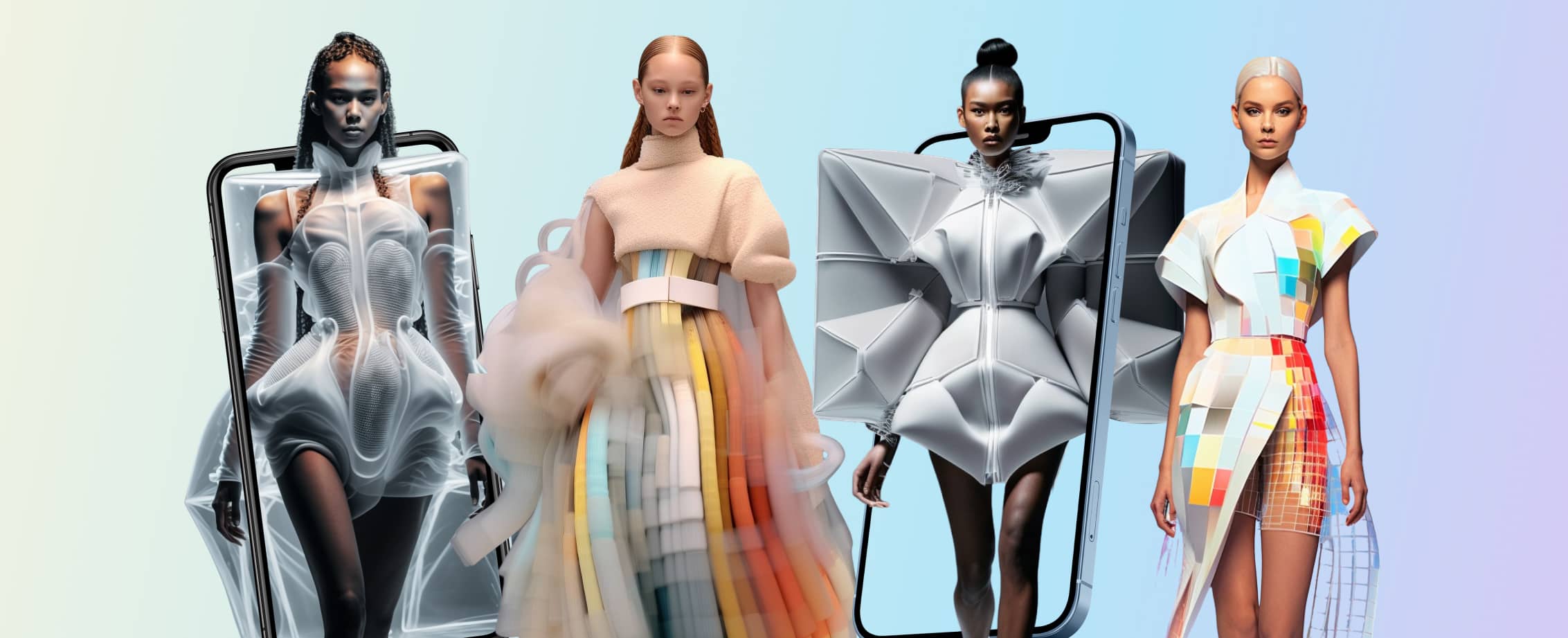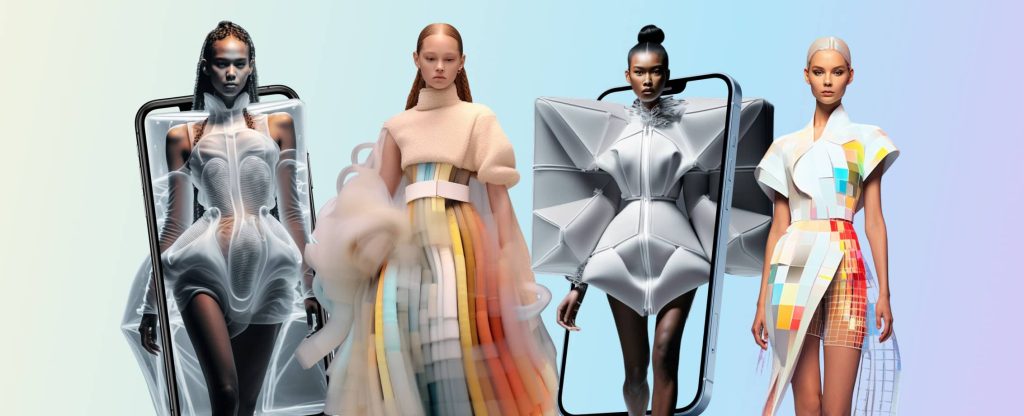I have always been fascinated by the world of fashion. The beauty, creativity, and innovation that go into creating unique pieces have always mesmerized me. As someone who is passionate about both technology and fashion, I couldn’t help but wonder how these two worlds could intersect. And that’s when I discovered the role of Artificial Intelligence (AI) in fashion design.

AI, the realm of computer science that focuses on creating intelligent machines capable of performing tasks that would typically require human intelligence, has revolutionized various industries. From healthcare to finance, AI has left its mark. But what about fashion? How can AI contribute to an industry that is so deeply rooted in human creativity and imagination?
As I delved deeper into this topic, I was astonished by the potential of AI in fashion design. One of the most prominent areas where AI is making its mark is in the design process itself. Traditional fashion design involves sketching designs on paper, refining them, and eventually creating prototypes. With AI, designers can leverage algorithms to generate an array of design options based on their preferences.
Imagine how convenient it would be for a designer to input their desired parameters, such as silhouettes, colors, and patterns, and have AI generate numerous design options in a matter of minutes. This not only speeds up the design process but also provides designers with fresh perspectives and inspiration that they may not have considered. Additionally, AI can analyze vast amounts of data, including current fashion trends and historical designs, to inform designers of emerging styles and patterns, helping them create collections that are both on-trend and unique.
But AI’s impact on fashion design goes beyond just generating designs. Another area where AI shines is in the realm of sustainable fashion. The fashion industry is notorious for being environmentally unfriendly, with fast-fashion brands contributing to immense amounts of waste. However, AI can help reduce the industry’s carbon footprint by optimizing production processes and minimizing waste.
Through AI-powered simulations, manufacturers can determine the most efficient use of materials and resources. They can also predict demand and adjust production accordingly to avoid overproduction, which is a significant challenge faced by the industry. By using AI algorithms to optimize supply chains and production cycles, fashion brands can reduce their environmental impact and move towards a more sustainable future.
Moreover, AI has made notable strides in enhancing the shopping experience for consumers. AI-powered virtual assistants and chatbots provide personalized styling advice, recommend outfit combinations, and even help with sizing guidance. These intelligent algorithms analyze a myriad of data points, including a person’s body measurements, style preferences, and even weather conditions, to provide accurate and tailored recommendations. This not only improves the customer experience but also reduces the likelihood of returns and exchanges, thus reducing overall waste in the industry.
As exciting as these advancements are, it is essential to acknowledge the challenges and ethical considerations surrounding AI in fashion. These include issues surrounding data privacy, intellectual property, and the potential displacement of jobs traditionally held by fashion designers. There is also the concern that reliance on algorithms and machine-generated designs may limit the scope of creativity and originality in the long run.
Despite these concerns, the future of AI in fashion design looks promising. It has the potential to revolutionize the industry, making it more sustainable, efficient, and accessible. By leveraging AI, fashion designers can focus on the aspects of their craft that truly require human touch and creativity, while leaving repetitive and time-consuming tasks to intelligent algorithms.
In conclusion, the role of AI in fashion design is one that is both exciting and transformative. From assisting designers in generating new ideas to optimizing production processes and enhancing the shopping experience for consumers, AI has the potential to reshape the fashion industry as we know it. However, it is crucial that we approach this technology with caution, ensuring that we strike a balance between human creativity and the power of AI. With continuous advancements in AI, we can look forward to a future where fashion is not only beautiful and innovative but also sustainable and accessible to all.

